CheongKwanJang - Jeungsan Station Branch [Tax Refund Shop] (정관장 증산역)
7.2Km 2024-04-22
#102, 259, Jeungga-ro, Seodaemun-gu, Seoul
-
Jamwon Hangang Park Outdoor Swimming Pool (한강시민공원 잠원수영장(실외))
7.2Km 2022-09-06
221-124, Jamwon-ro, Seocho-gu, Seoul
+82-2-536-8261
Six of the city's Hangang Parks have outdoor swimming pools, including Jamwon Hangang Park. Supported by meticulous water quality management, they are not only safe, but also an inexpensive alternative to private facilities. Excellent amenities include swimming equipment rentals, food, and beverages.
Of one book and stay (일독일박)
7.2Km 2024-12-23
11-1 , Pirundae-ro 3-gil, Jongno-gu, Seoul
+82-504-0904-2340
Ildogilbak in Seochon Village, Seoul, is a private hanok stay that has been stylishly renovated with modern facilities. The bedroom, kitchen and dining room are located around the courtyard. Tired travellers can soak their feet in the small courtyard footbath while sitting on the veranda. There’s a queen size bed in the bedroom, and a large table in the dining room where you can read a book and chat. There is also an attic space where you can fall asleep looking at the stars through a small skylight. The kitchen is well equipped, and there’s a tub in the bathroom.
Jingogae (진고개)
7.2Km 2024-03-12
19-1 Chungmu-ro, Jung-gu, Seoul
+82-2-2267-0955
Jingogae is a standing store that opened its doors in 1963. Its signature dish is the eobok jaengban (boiled meat slices hot pot), where thick slices of meat are stacked along with vegetables, mandu, rice cakes, and eggs, all boiled together. In addition to this, they also serve dishes such as gejang jeongsik (marinated crab set menu), gopchang jeongol (small intestine hot pot), galbitang (galbi soup), and yukgaejang (spicy beef soup). The spicy and richly seasoned yangnyeom gejang (spicy marinated crab) is also a popular menu item, which when paired with rice, enhances its flavors even further.
Jjamppong Zizon Jongno (짬뽕지존 종로)
7.2Km 2024-03-15
25 Samil-daero 15-gil, Jongno-gu, Seoul
+82-2-725-5161
Jjamppong Zizon is a Chinese restaurant located near Cheonggyecheon Stream. Their signature dish, zizon jjamppong (spicy seafood noodle soup), combines fresh seafood with a spicy broth enhanced with smoky flavors. They also offer zizon jjajangmyeon (black bean sauce noodles). For those craving extra heat, there are options like jiok jjamppong (extra spicy seafood noodle soup) and jiok jjajang (spicy black bean sauce noodles). Additionally, they serve chapssal tangsuyuk (deep-fried pork in sweet rice batter with sweet and sour sauce), coating pork in chewy sweet rice batter.
Hanok Essay Seochon (한옥에세이 서촌)
7.2Km 2024-06-04
12 Pirundae-ro 3-gil, Jongno-gu, Seoul
The area of Seochon features both traditional elements as well modern, showing the changes over time. A stay in one of the hanok houses here is the perfect way to feel this unique ambiance. Hanok Essay Seochon provides this experience, open to visitors of all ages.
Masinneungimchijjim&Sundubu (맛있는김치찜&순두부)
7.2Km 2021-03-20
31, Ujeongguk-ro, 2-gil, Jongno-gu, Seoul
+82-2-722-1095
Selling spicy soups, it’s a good place to visit after visiting Cheonggyecheon. This Korean dishes restaurant is located in Jongno-gu, Seoul. The most famous menu is pork and kimchi stew.
Yeontabal Jongro(연타발 종로)
7.2Km 2020-11-19
19, Samil-daero, 15-gil, Jongno-gu, Seoul
+82-2-720-9263
A restaurant where you can enjoy the highest-quality Korean beef. The most famous menu is grilled Korean beef rib eye steak. A barbecue specialty restaurant located in Jongno, Seoul.
CheongKwanJang - Euljiro Branch [Tax Refund Shop] (정관장 을지로)
7.2Km 2024-04-18
1F, 103, Eulji-ro, Jung-gu, Seoul
-
Sonjung Bossam (손정보쌈)
7.2Km 2025-07-25
24 Samil-daero 15-gil, Jongno-gu, Seoul
Sonjung Bossam offers dishes with a modern touch by reinterpreting traditional meals. Passed down for three generations, this restaurant values sincerity and careful attention in food making in order to serve every customer a heartwarming meal. Sonjung Bossam's signature dish Premium Gabri Bossam takes only the rarest pork cut, the blade-end fatback called "gabri" in Korean, and boils the meat using the restaurant's secret recipe for tender, juicy meat. The restaurant also serves their own special version of spicy stir-fried fish roe and intestines and haemultang (spicy seafood stew), boasting a generous amount of various seafood and rich broth. All meals are prepared wholeheartedly as if they are being served to a family.
![CheongKwanJang - Jeungsan Station Branch [Tax Refund Shop] (정관장 증산역)](http://tong.visitkorea.or.kr/cms/resource/44/2889544_image2_1.jpg)

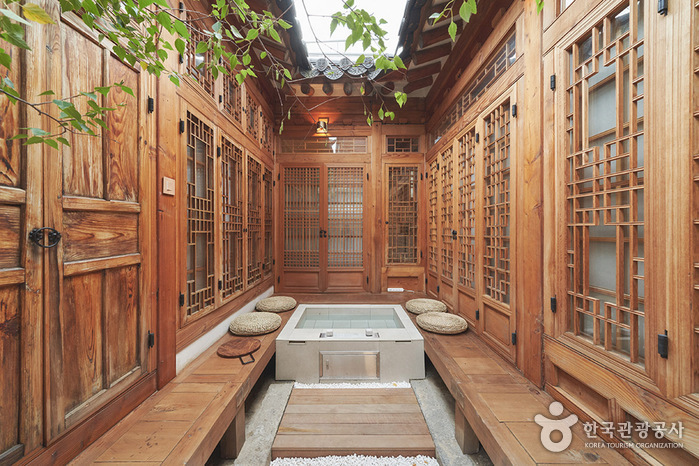
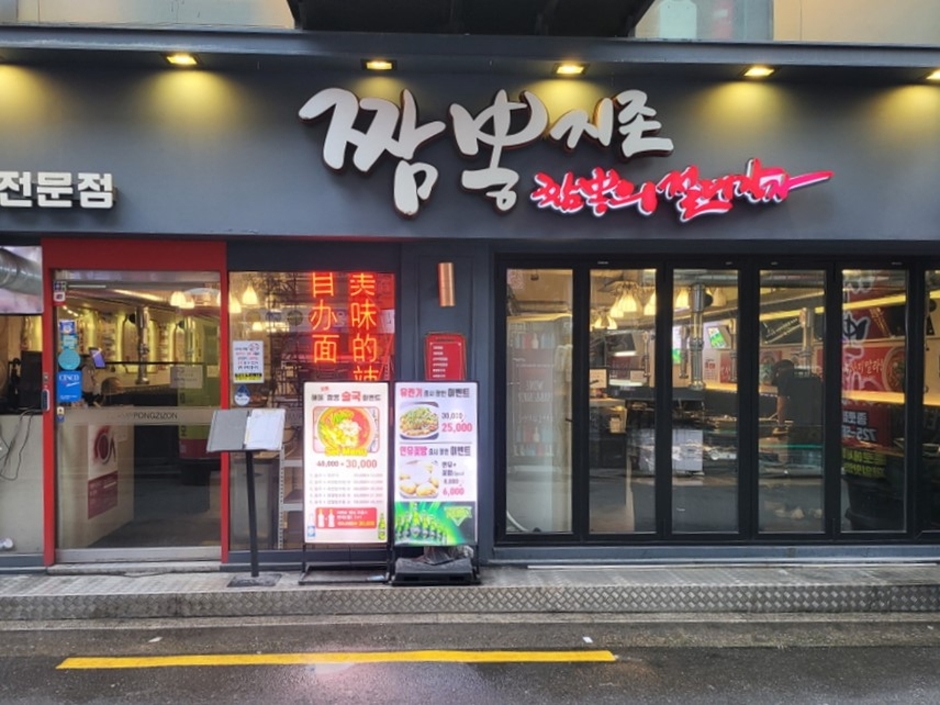
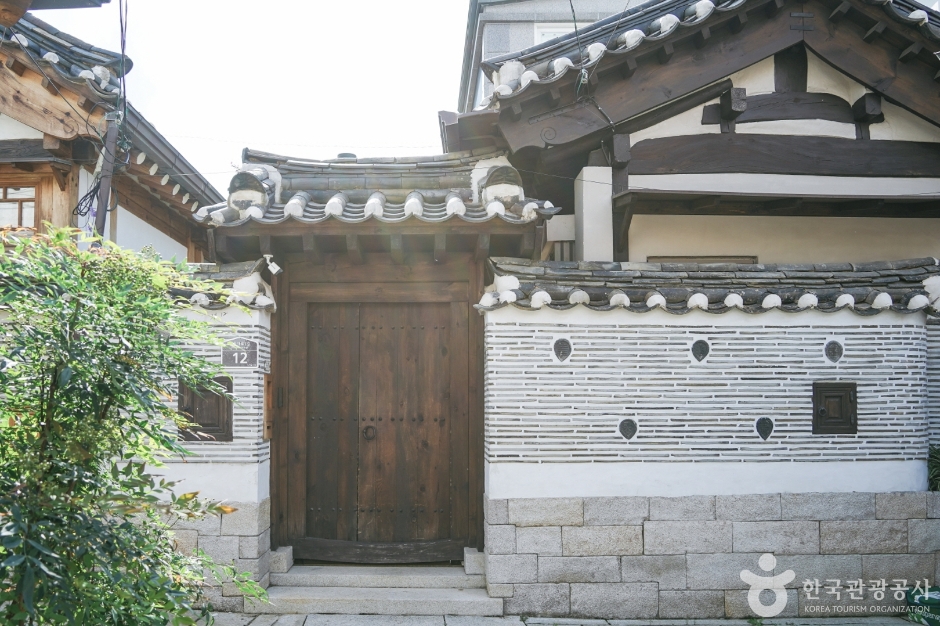
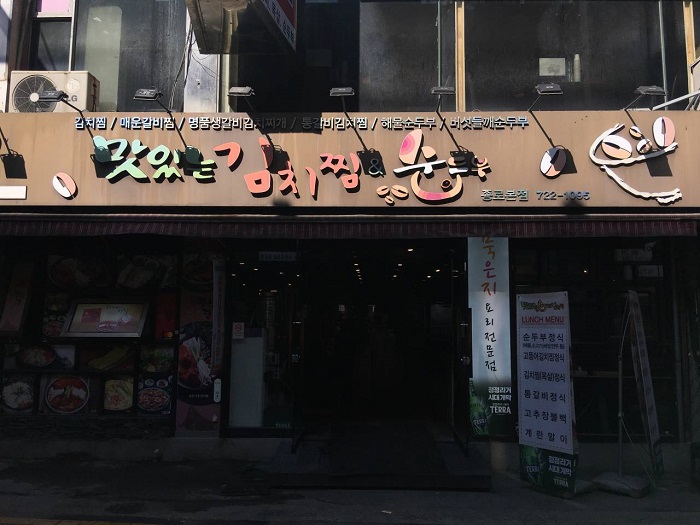
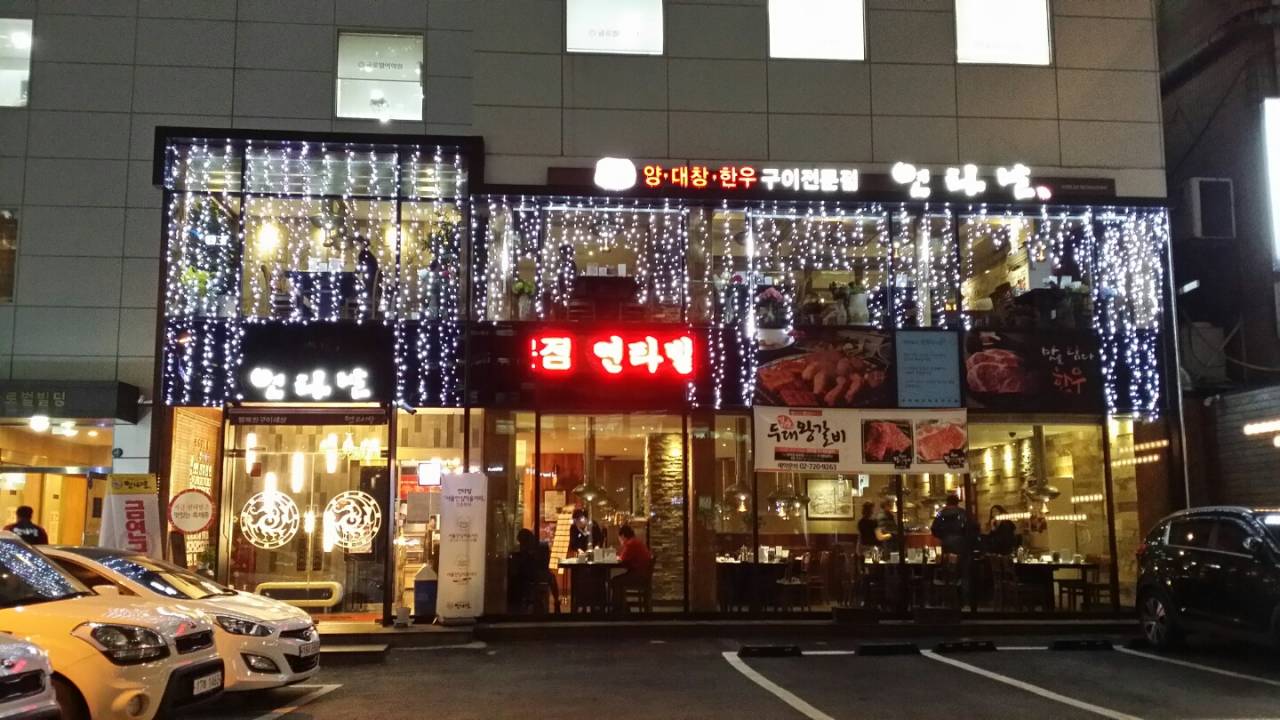
![CheongKwanJang - Euljiro Branch [Tax Refund Shop] (정관장 을지로)](http://tong.visitkorea.or.kr/cms/resource/59/2878659_image2_1.jpg)
 English
English
 한국어
한국어 日本語
日本語 中文(简体)
中文(简体) Deutsch
Deutsch Français
Français Español
Español Русский
Русский